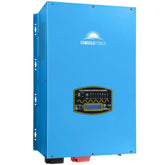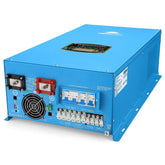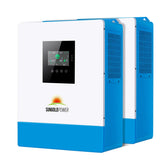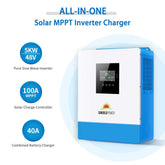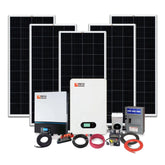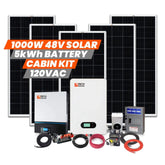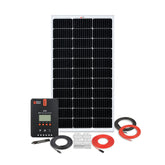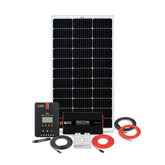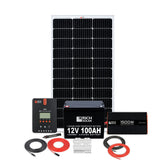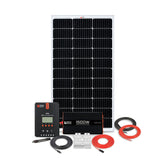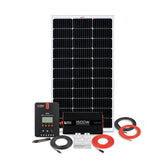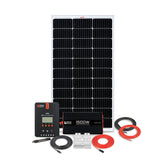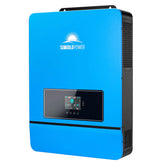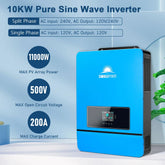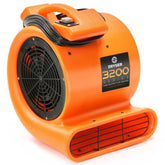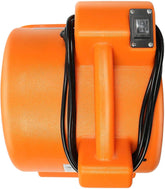Get In Touch +1 (888) 575-2099


















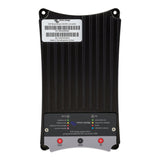

Victron Energy Buck-Boost DC-DC Converter - 50A - ORI303050000 - CW88489
- $673.20
$792.00- $673.20
- Unit price
- per

Expert Support,
Dial +1 (888) 575-2099

Limited Supply,
grab it before it's gone.

Lowest prices,
As low as possible.

All Items are brand New,
Never used.
Recently Viewed Products
Victron Energy Buck-Boost DC-DC Converter - 50A - ORI303050000 - CW88489
Buck-Boost DC-DC Converter - 50A
DC-DC Converter for charging a 12/24V service battery in vehicles with an intelligent dynamo.
The Buck-Boost DC-DC Converter is a DC-DC converter for charging a 12/24V service battery in vehicles with an intelligent dynamo. Since, when the engine is running, these dynamos (powered by the on-board electronics of Euro 5 and 6 engines) do not always emit the correct charging current, a DC-DC converter is essential for charging the service battery properly.
Features
-
High Capacity:
- Current Rating: 50A ensures sufficient power for charging service batteries effectively.
-
DC-DC Conversion:
- Buck-Boost Technology: Efficiently converts voltage levels to ensure proper charging of 12V or 24V service batteries, regardless of variations in the dynamo output.
-
Compatibility:
- Vehicle Application: Ideal for use in vehicles with intelligent dynamos, particularly those with Euro 5 and Euro 6 engines where charging currents may not be consistent.
-
Reliable Charging:
- Correct Charging Current: Addresses issues of incorrect charging currents emitted by modern dynamos, ensuring proper charging and longevity of the service battery.
Specifications
| Model: | ORI303050000 |
|---|---|
| Current Rating: | 50A |
| Input Voltage: | Suitable for 12V or 24V service batteries |
| Application: | Vehicles with intelligent dynamos (Euro 5 and Euro 6 engines) |
What Our Experts Think
- High-Performance Conversion: The 50A output provides efficient conversion between voltage levels, ensuring reliable power for your devices and systems.
- Buck and Boost Functionality: This versatile converter can step up or step down voltage, providing a stable power supply regardless of input fluctuations.
- Ideal for Off-Grid Systems: Perfect for use in solar power setups, RVs, boats, and other off-grid applications, where maintaining voltage is critical.
- Robust Build: Built with high-quality components to ensure durability and longevity even under harsh conditions.
- Advanced Protection Features: Includes over-voltage, over-current, and temperature protection to safeguard your system.
- Easy to Install: Compact design and clear instructions make installation straightforward, saving you time and effort.
Q&A
Q: What is the Victron Energy Buck-Boost DC-DC Converter used for?
A: The Victron Energy Buck-Boost DC-DC Converter is used to adjust DC voltage, either stepping up or stepping down, to ensure a stable power supply for your devices or systems.
Q: What is the maximum current output of the converter?
A: The converter supports a maximum output of 50 amps.
Q: What input and output voltage range does the Victron Energy Buck-Boost DC-DC Converter support?
A: It allows for a wide input range and can provide a stable output within a specific voltage range, making it ideal for use in various setups.
Q: Is the converter suitable for automotive or off-grid applications?
A: Yes, it is designed for use in vehicles, boats, RVs, and off-grid energy systems.
Q: Does it have safety features?
A: Yes, the converter includes features such as overvoltage, overcurrent, and thermal protection to ensure safe operation.
Q: How easy is it to install?
A: The converter is designed for easy installation with clear connections and a compact form factor for versatile mounting
Maintenance Tips
-
Regular Cleaning: Keep the converter clean by wiping it with a dry, soft cloth to remove dust and dirt. Avoid using abrasive materials or harsh chemicals that could damage the unit.
-
Inspect for Damage: Periodically check the converter for signs of physical damage, such as cracks, loose connections, or overheating. Ensure the connections are secure and free of corrosion or wear.
-
Check Wiring and Connections: Inspect the input and output wiring regularly to ensure they are properly connected and show no signs of fraying, corrosion, or wear. Tighten any loose connections to prevent electrical issues.
-
Ventilation and Cooling: Ensure that the converter has proper ventilation to avoid overheating. Keep the area around the converter clear of debris and dust. If possible, place the unit in a well-ventilated location to ensure efficient cooling.
-
Monitor Performance: Regularly monitor the output voltage and current to ensure the converter is functioning as expected. Check for any irregularities or performance drops, which could indicate issues.
-
Protect from Extreme Conditions: Avoid exposing the unit to extreme temperatures or environments with high humidity, as these can affect performance. Store and use the converter in a dry, temperature-controlled area.
-
Periodic Functional Tests: Run regular functional tests to verify that the converter is operating efficiently, converting voltage as intended, and that the system is receiving the proper charge or power output.
-
Firmware/Software Updates: If applicable, check for firmware updates and apply them to ensure the converter is equipped with the latest features and performance optimizations.
Related Products
- Choosing a selection results in a full page refresh.











